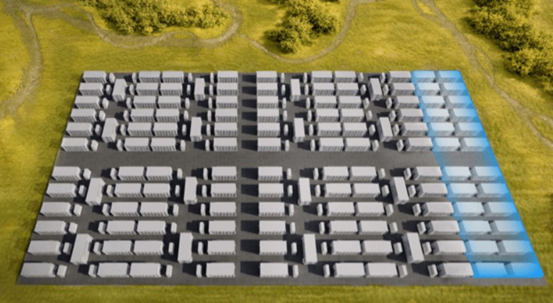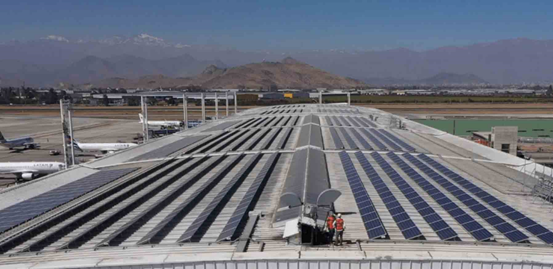The Role of Green Energy Storage Systems in Transforming the Traditional Power Grid
As the global community grapples with the challenges posed by climate change, there is an urgent need to transition from conventional energy sources to more sustainable alternatives. One key aspect of this transition is the integration of green energy storage systems into the traditional power grid. These systems play a crucial role in addressing the intermittent nature of renewable energy sources, such as solar and wind power, and are pivotal in reshaping our energy landscape towards a more sustainable model.
Green Energy Storage Systems Revolutionizing the Traditional Power Grid
Storing Excess Energy
One of the primary functions of green energy storage systems is to store excess energy generated during peak production periods. For instance, solar panels may produce surplus energy during the day when the sun is shining brightly. Rather than letting this energy go to waste, energy storage systems can capture and store it for later use. This stored energy can then be deployed during periods of high demand or when renewable energy generation is low, effectively smoothing out the fluctuations in the power supply.

Reducing Reliance on Fossil Fuels
By addressing the intermittency of renewable energy sources, green energy storage systems contribute to a significant reduction in the reliance on fossil fuels. Historically, conventional power grids have depended heavily on non-renewable resources to meet the constant demand for electricity. Integrating energy storage allows for a more substantial incorporation of renewables into the grid, decreasing the need for environmentally harmful fossil fuels and mitigating greenhouse gas emissions.
Enhancing Grid Stability and Resilience
The integration of green energy storage systems enhances the overall stability and resilience of the power grid. Traditional grids face challenges related to grid congestion and voltage fluctuations, especially when accommodating a growing share of renewable energy. Energy storage acts as a stabilizing force, smoothing out these fluctuations and providing grid operators with greater control over the flow of electricity. This not only ensures a reliable power supply but also contributes to the longevity and robustness of the entire energy infrastructure.
Promoting Decentralized Energy Systems
Green energy storage systems, coupled with smart solar technologies, also facilitate the transition towards decentralized energy systems. Traditionally, power generation has been centralized, with large power plants supplying electricity to a vast network of consumers. The advent of renewable energy, coupled with energy storage and smart solar innovations, allows for the creation of distributed energy systems. This decentralization empowers communities to generate and store their own energy, reducing dependency on centralized power plants and increasing overall energy security. HUAWEI's smart solar technology grants you increased access to green energy, ensuring utmost reliability and deserving your trust.

Fostering Innovation and Investment
The integration of green energy storage systems into the traditional power grid fosters innovation and attracts investment in the renewable energy sector. As demand for energy storage technologies increases, research and development efforts are intensified, leading to the creation of more efficient and cost-effective solutions. This, in turn, drives down the overall costs of renewable energy adoption and accelerates the transition towards a sustainable energy future.
Conclusion
In the pursuit of a more sustainable and resilient energy model, the role of green energy storage systems cannot be overstated. These systems address the inherent intermittency of renewable energy sources, providing a reliable and consistent power supply. By storing excess energy, reducing reliance on fossil fuels, enhancing grid stability, promoting decentralization, and fostering innovation, green energy storage systems are pivotal in transforming the traditional power grid. As we navigate the complexities of climate change and environmental degradation, the integration of these systems marks a critical step towards a cleaner, greener, and more sustainable energy future.
 notebook-laptop
notebook-laptop






